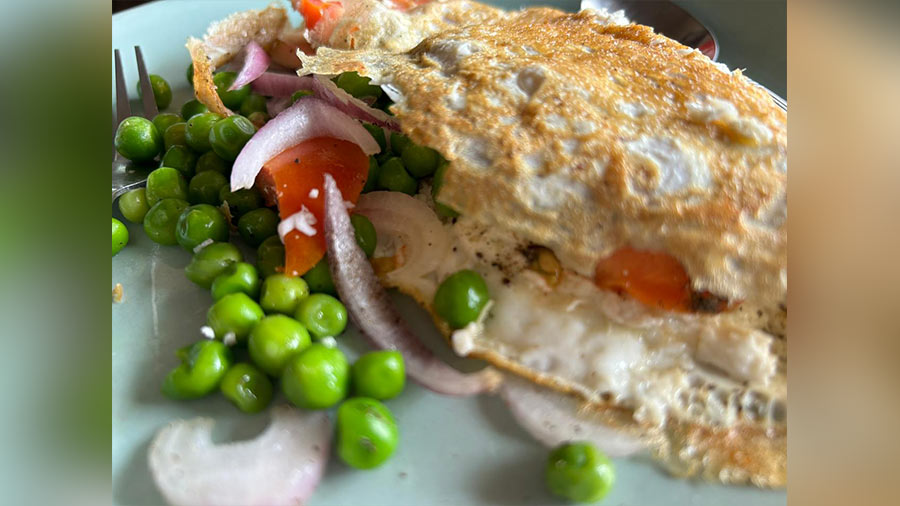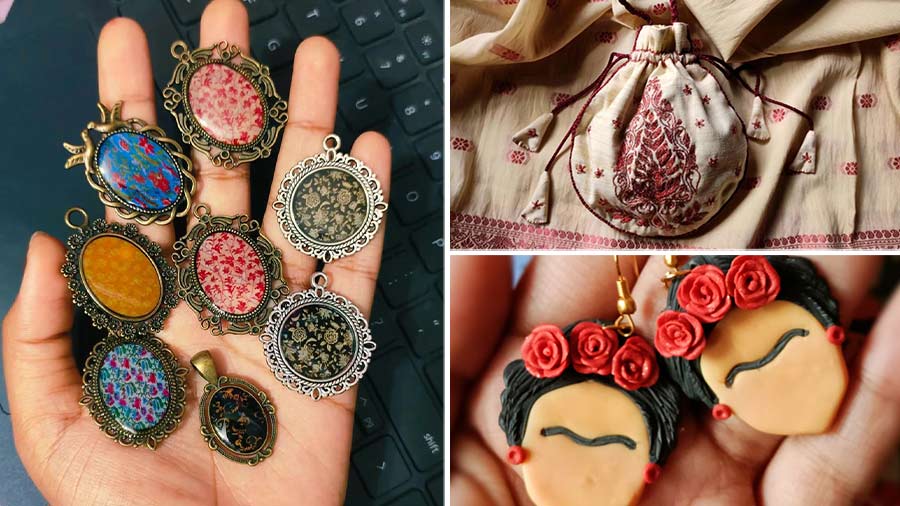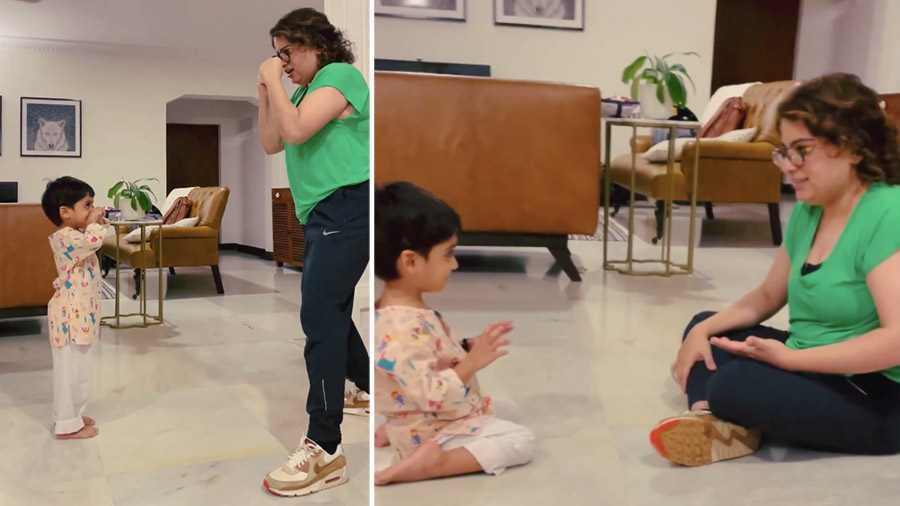This was to be Lord Ram’s day. But it suddenly seemed in danger of being hijacked by a woman whom those who claim to speak for the Prince of Ayodhya thought they had banished long ago.
As Prime Minister Narendra Modi began his speech in Ayodhya on Wednesday, after performing the bhoomi pujan for the Ram temple, his opening words invoked not just the Lord but the Lady too.
“First, let us remember Lord Ram and Mother Janaki (Sita) before I speak further,” Modi said. He then chanted “Siyavar Ram Chandra ki (Ram Chandra, husband of Sita)...” and the audience responded with: “Jai (Glory to them).”
Modi continued: “Jai Siya Ram (Glory to Sita and Ram).”
The white-bearded Nritya Gopal Das, 82, the oldest surviving Vishwa Hindu Parishad member from among the temple movement’s leading lights, was as usual looking half asleep in his chair on the dais when he seemed to suddenly wake with a start.
Das, who now heads the trust that is overseeing the temple’s construction and organised Wednesday’s event, turned his head towards Modi, looking as though he couldn’t believe his ears.
Some of those watching on the roadside TV screens in Ayodhya told this newspaper they couldn’t hide their astonishment, either.
That Modi’s invocation of Sita should cause such a flutter is a commentary on the leanings of the Sangh parivar, which led the temple movement since the 1980s and created an entire culture around it.
Every Ram temple has a Sita idol too, and “Jai Siya Ram” had for centuries been the standard greeting among Hindus in the heartland along with “Ram Ram”. But as the temple movement gained ground, its muscular slogan of “Jai Shri Ram” became also the principal salutation for its spearheads and supporters, with Sita sent away on her umpteenth exile.
Many have seen a patriarchal bias in the new slogan, saying the omission of the wife is aimed at transforming Ram’s image from that of a loving husband to a warrior king.










